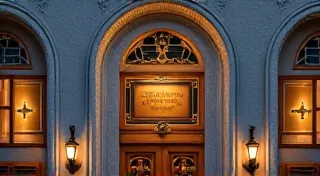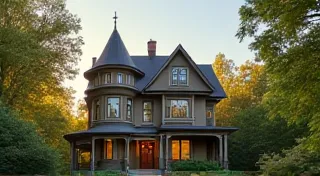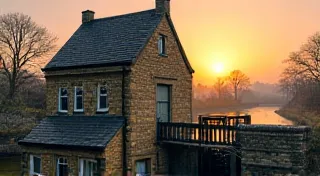The Blackwood Library: A Treasure Trove of Knowledge
The Blackwood Library stands as a cherished landmark in our region, a testament to the enduring power of knowledge and community. More than just a building, it’s a repository of stories, a beacon for education, and a cornerstone of local history. This article delves into the fascinating history of the library, explores its distinctive architectural features, and examines its profound impact on generations of readers. The library's story is interwoven with the history of our entire region – a tapestry woven from the threads of early settlements, pioneering families, and a commitment to progress. It stands alongside other vital community institutions, serving as a hub for connection and shared experiences.
A Vision Realized: The Library’s Origins
The story of the Blackwood Library begins in the late 1880s, a period of significant growth and prosperity for our region. This era saw the flourishing of local industries and a burgeoning desire for community development. As the region expanded, so too did the needs of its inhabitants, particularly the desire for education and access to information. Settlers and families began arriving, eager to establish roots and contribute to the growth of our community. Understanding their lives and struggles helps illuminate the context in which the library was born. Imagine the challenges they faced; their reliance on word-of-mouth and limited resources underscores the importance of establishing institutions like the library. Communication across distances was often difficult, relying on infrequent mail deliveries and the vital services of the old post office, which served as a central point of connection for the region.
A group of dedicated citizens, led by local philanthropist Eleanor Blackwood (for whom the library is named), recognized the critical need for a public library to serve the growing community. Driven by a belief in the transformative power of literacy, they tirelessly campaigned for its creation, raising funds through local donations and organizing fundraising events. Early life in the area was often centered around the local general store, a hub for community news and social interaction. Eleanor Blackwood, like so many other women of the era, was deeply involved in these community efforts. The network of relationships and shared information disseminated through the general store served as an essential counterpart to the formal education and knowledge the library would eventually provide.
The initial collection was modest, consisting of just a few hundred donated books housed temporarily in a vacant storefront. However, the enthusiasm of the community quickly fueled its expansion. In 1892, thanks to Eleanor Blackwood's significant contribution and the efforts of the fundraising committee, the first permanent home for the library was constructed on this very site. The decision to construct a permanent building signaled a commitment to the long-term value of the library and its central role in the region's future. The building process itself would have relied on rudimentary communication and coordination, highlighting the importance of accessible information and community engagement.
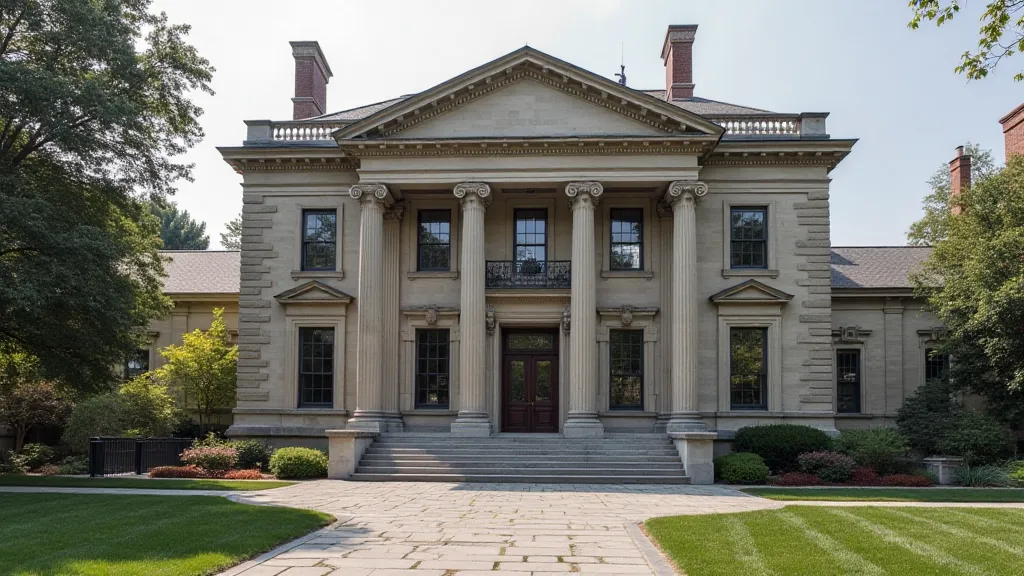
Architectural Grandeur: A Reflection of the Era
The Blackwood Library’s architecture is a prime example of the Romanesque Revival style prevalent in late 19th-century construction. The design, attributed to renowned architect Charles Hawthorne, reflects a commitment to permanence and intellectual rigor. The building is characterized by its symmetrical facade, arched windows, and imposing stonework. The use of locally quarried sandstone gives the building a sense of solidity and connection to the landscape. Intricate carvings above the main entrance depict scenes from classic literature, further emphasizing the library’s dedication to the written word. Architectural styles of the period were often designed to inspire a sense of civic pride and lasting importance. The construction process itself required careful planning and skilled labor, often utilizing techniques developed on the early historic schoolhouse and farms of the region.
Inside, the library boasts a soaring central rotunda, flooded with natural light from a large skylight above. The original reading room, with its dark wood paneling and ornate brass fixtures, remains a cherished feature, evoking a sense of quiet contemplation and scholarly pursuit. The design choices reflect the values of the time - a respect for tradition, a dedication to learning, and a desire to create a space that would inspire and uplift. The very construction of such a landmark building required the coordinated efforts of countless individuals, reflecting a communal spirit not unlike that fostered within the library itself.
Generations of Readers: The Library's Impact
For over a century, the Blackwood Library has served as a vital resource for our community. It has been a haven for students seeking knowledge, a refuge for those seeking solace in literature, and a gathering place for community events. The library's role extended far beyond simply providing books. It fostered a sense of community, facilitated learning, and provided a space for connection and shared experiences.
Throughout the 20th century, the library adapted to changing needs, expanding its collection to include new technologies and resources. During the Great Depression, the library provided essential reading materials and job-seeking assistance to those struggling to find employment. It also served as a place of hope and connection during a time of immense hardship. It offered respite and a sense of normalcy for many.
During World War II, it served as a vital link to the outside world, offering access to news and information for those separated from loved ones. Families anxiously awaited news from the front lines, and the library became a sanctuary for those seeking comfort and reassurance. It also provided opportunities for those at home to learn about the war effort and contribute to the cause. Sharing these stories and experiences helped to preserve a collective memory and fostered a sense of community resilience.
The early settlers faced numerous challenges, from harsh weather conditions to limited access to healthcare. They relied on one another for support and assistance, and the library became an integral part of this network. It served as a meeting place for community discussions, a source of information about local events, and a repository of knowledge about the region's history. Understanding the lives of these early settlers, as depicted in stories and artifacts from the Grand Majestic Theatre, provides valuable context for appreciating the library’s enduring legacy. The shared experience of establishing a new life in a challenging environment strengthened the community’s bonds, and institutions like the library served as a focal point for these connections.
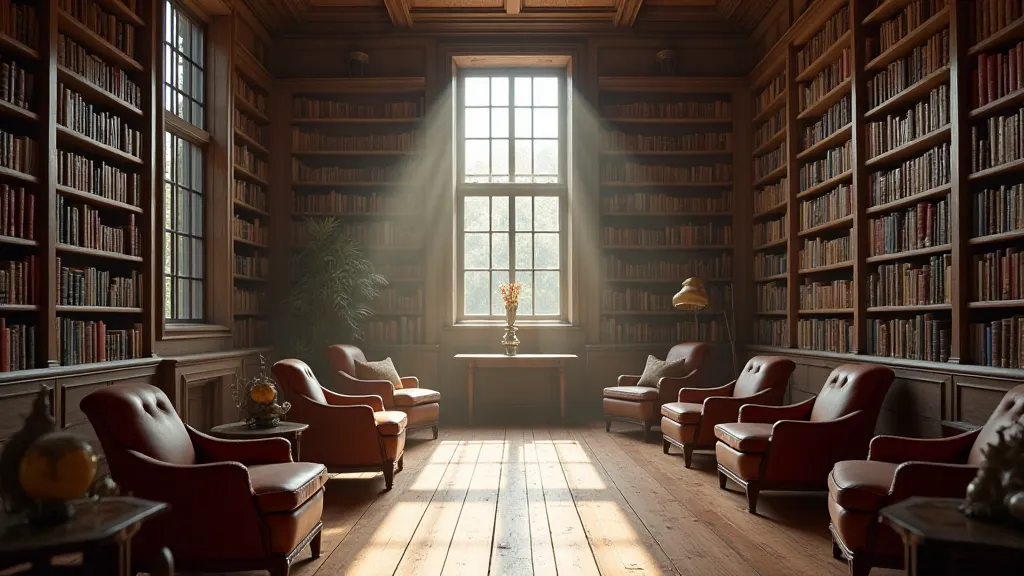
Preserving the Legacy: The Library Today
Today, the Blackwood Library continues to thrive, adapting to the digital age while preserving its rich history and architectural beauty. Significant renovations were undertaken in the early 2000s to modernize the building's infrastructure and expand its services, including the addition of a state-of-the-art computer lab and a dedicated children's area. These renovations were designed to ensure that the library remained a vibrant and relevant resource for future generations.
The library now offers a wide range of programs and services, including computer literacy classes, story times for children, and book clubs for adults. It also provides access to a vast collection of online resources, including e-books, audiobooks, and databases. These resources are available to library patrons both in person and online, making the library accessible to a wider audience than ever before. The continued importance of shared knowledge and community spaces resonates with other institutions that contribute to the cultural fabric of the region.
The community’s appreciation for the performing arts is reflected in the legacy of institutions like the Grand Majestic Theatre. This shared commitment to cultural enrichment underscores the importance of institutions like the library, which provide a foundation for learning and creativity. Both serve as vital spaces for fostering imagination, critical thinking, and a sense of collective identity.
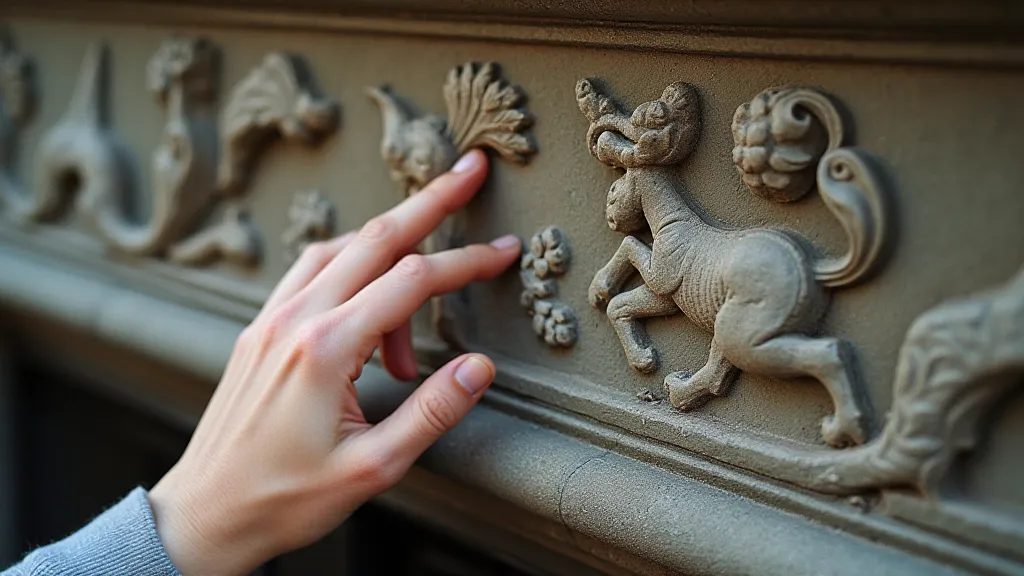
The Blackwood Library stands as a symbol of our community’s commitment to education, literacy, and the enduring power of knowledge. It is a place where stories come alive, where imaginations soar, and where generations connect through the shared love of reading. Its continued existence is a testament to the vision of Eleanor Blackwood and the unwavering support of our community. The library represents more than just a building; it is a living testament to the values that have shaped our region for generations.
Looking ahead, the Blackwood Library remains dedicated to serving as a vital resource for our community, fostering a lifelong love of learning, and providing access to the transformative power of knowledge. We are committed to adapting to the changing needs of our patrons and ensuring that the library remains a welcoming and inclusive space for all. The pursuit of knowledge and community engagement, core principles embodied by the library, continue to shape the region’s future, enriching the lives of residents and fostering a vibrant and connected community.
